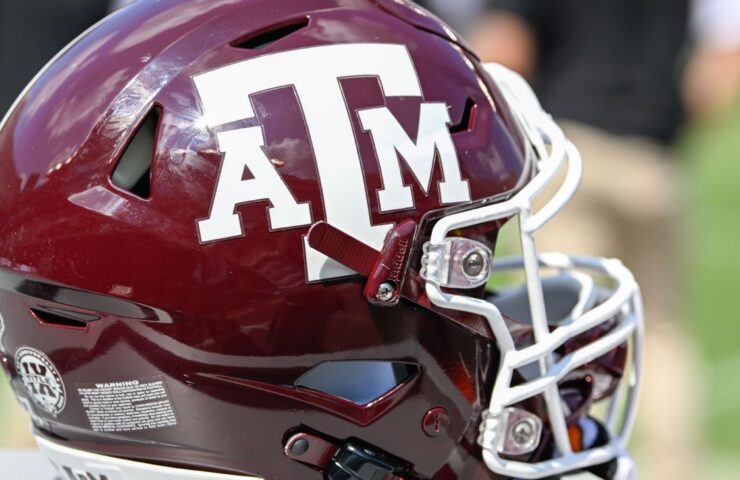
A&M to mark 25th anniversary of bonfire tragedy
Nov 17, 2024, 02:10 PM ET
The first, ominous noises came from deep within the massive stack of logs in the darkest hours of the Texas night. Witnesses explained hearing the stack of thousands of logs groan and creak before the crack of the center pole as it snapped, then collapsed.More than a million pounds of wood tumbled. In an instant, 12 people were killed, lots more were injured and a university campus rooted in customs brought throughout generations of trainees was completely scarred.Texas A&M University is set to mark 25 years considering that the log stack collapsed in the early hours of Nov. 18, 1999. It was being integrated in preparation for the yearly bonfire ahead of the Texas A&M -Texas competition football game in College Station.The school will hold a Bonfire Remembrance ceremony at the site of the catastrophe on Monday at 2:42
a.m., about the time the stack collapsed.”Every year, Texas A&M students have worked to make sure that we always remember those members of the Aggie Household who were drawn from us 25 years ago,”school president Mark Welsh III said.The” Fightin’Texas Aggie Bonfire”ranked amongst the most revered traditions in college football and symbolized the school’s”burning desire” to beat the
University of Texas Longhorns in football. The very first bonfire in 1907 was a scrap load that was set ablaze. By 1909, it was a school occasion, and the bonfire stack kept growing as railway lines were utilized to ship in carloads of scrap lumber, railway ties and other combustible products, according to the school.It reached a record height of 105 feet in 1969 before administrators, worried about a fire hazard, enforced a 55-foot limit. For many years, the stack evolved from a teepee-style mound into the vertical timber development, a shape comparable to a tiered wedding event cake, that collapsed in 1999. The yearly bonfire attracted crowds of up to 70,000 and burned every year through 1998. The only exception was in 1963, after the assassination of President John F. Kennedy.The stack of more than 5,000, 18-foot logs toppled a week
before it was arranged to burn. The 12 who were killed included five freshmen, four sophomores, a junior, a senior and a current graduate. Several were members of the Corps of Cadets, Texas A&M
‘s student-led, military-style organization that played a big function in its construction.Rescuers, consisting of members of the Texas A&M football team, raced to remove the logs that had actually caught and crushed a few of the victims. At competitor Texas, Longhorns players organized a blood drive to assist the survivors.An investigative report pointed out several causes for the collapse, from flawed building strategies to a lack of supervision by the university over the trainees building the bonfire stack. The lowest level of the stack did not have proper support circuitry, and extreme stress on the bottom level was compounded by wedging logs into gaps.In 2003, the school devoted a memorial on the area where the stack fell. It includes a “Spirit Ring “with 12 websites representing those who were eliminated. Each website contains a personalized picture and signature of a victim and points toward their home town. By entering the open archway, the visitor symbolically fills the void left by the deceased.The yearly Aggie
bonfire was discontinued as an official school occasion after the lethal collapse.The school considered restoring the custom this year to accompany the renewal of the Texas-Texas A&M football competition on Nov. 30. The competition split in 2012 when Texas A&M left the Huge 12 Conference for the Southeastern Conference, however has actually resumed this year as Texas joined the SEC.An unique committee advised resuming the bonfire,
however only if the log stack was developed and constructed by professional engineers and professionals.
Some members of the public said it ought to not return if it was not arranged and built by trainees, according to tradition.Welsh eventually chose the bonfire would not return to campus.”Bonfire, both a wonderful and awful part of Aggie history, need to stay in our treasured past,”the president said in June when he revealed his decision.Students have continued to organize and construct unofficial off-campus bonfires over the years and strategy to burn this year’s edition on Nov. 29, the night before the Texas A&M-Texas football game.
